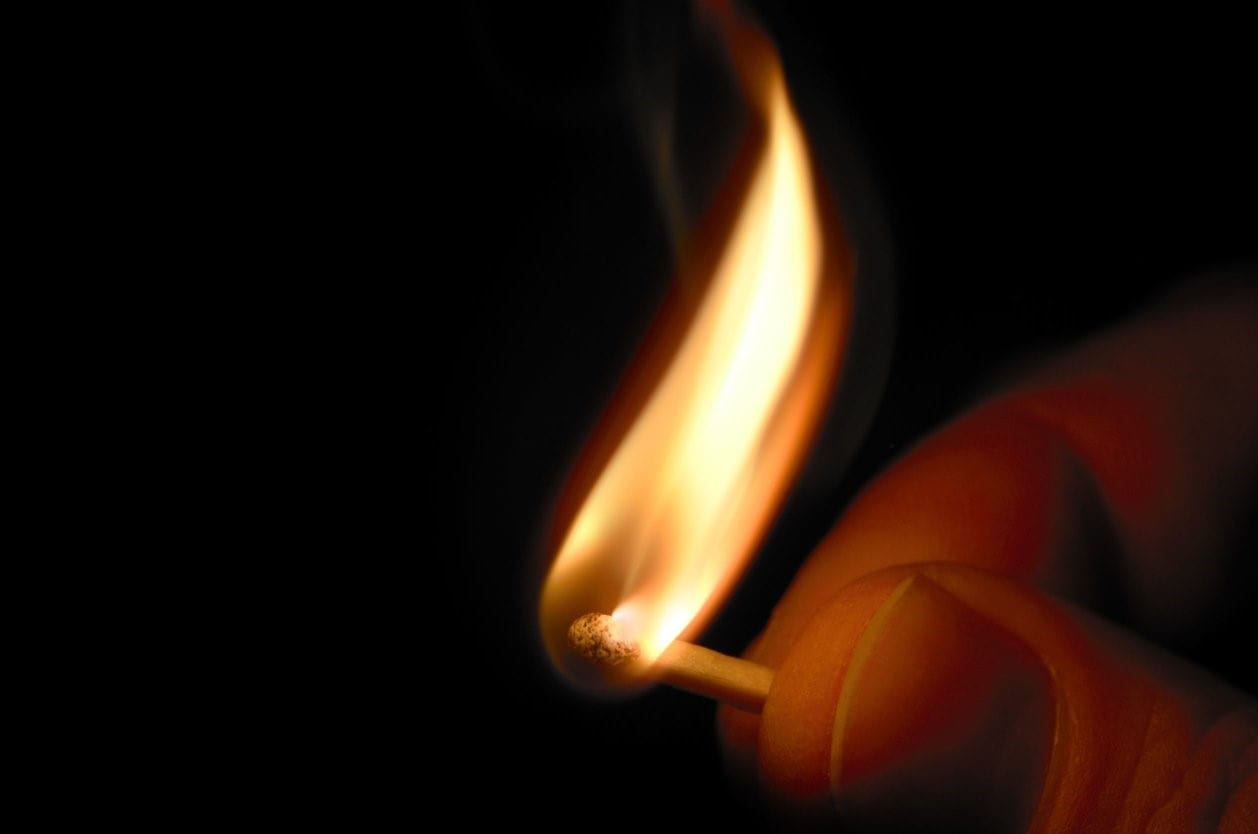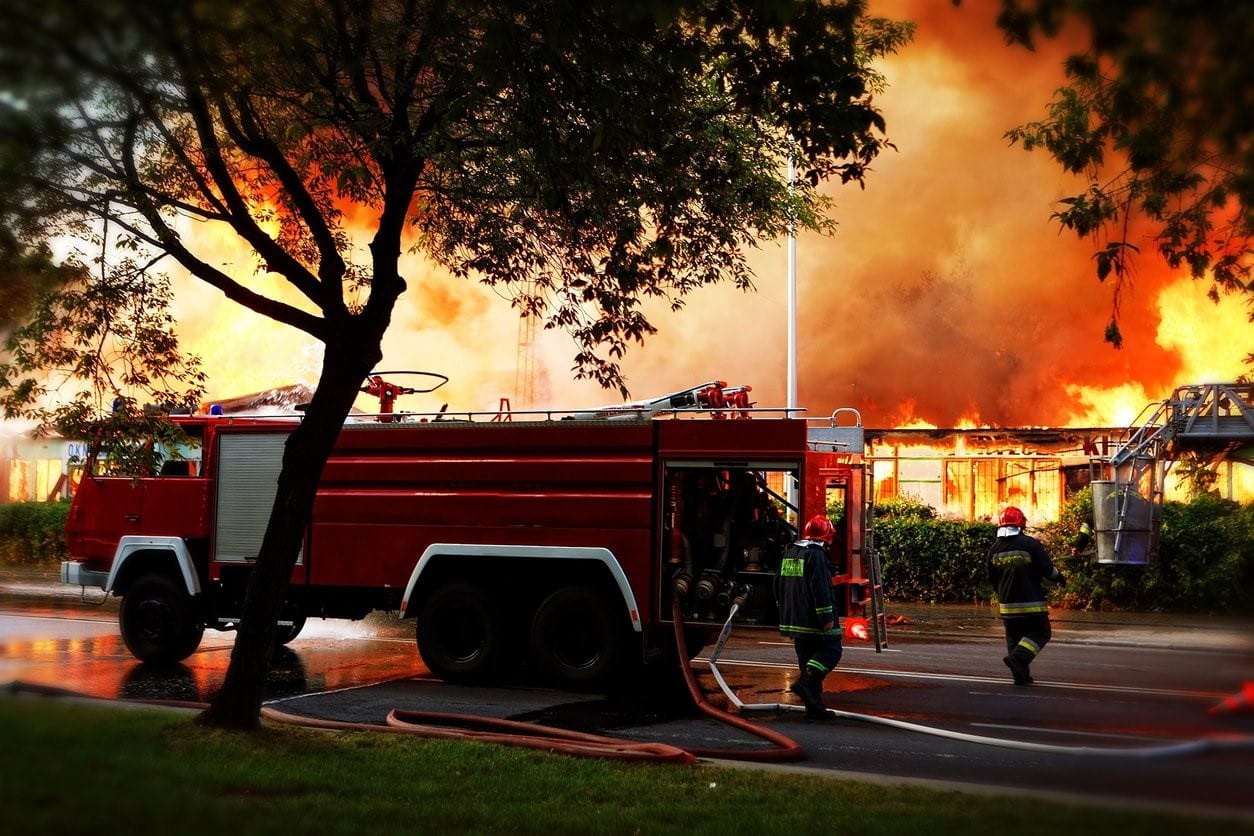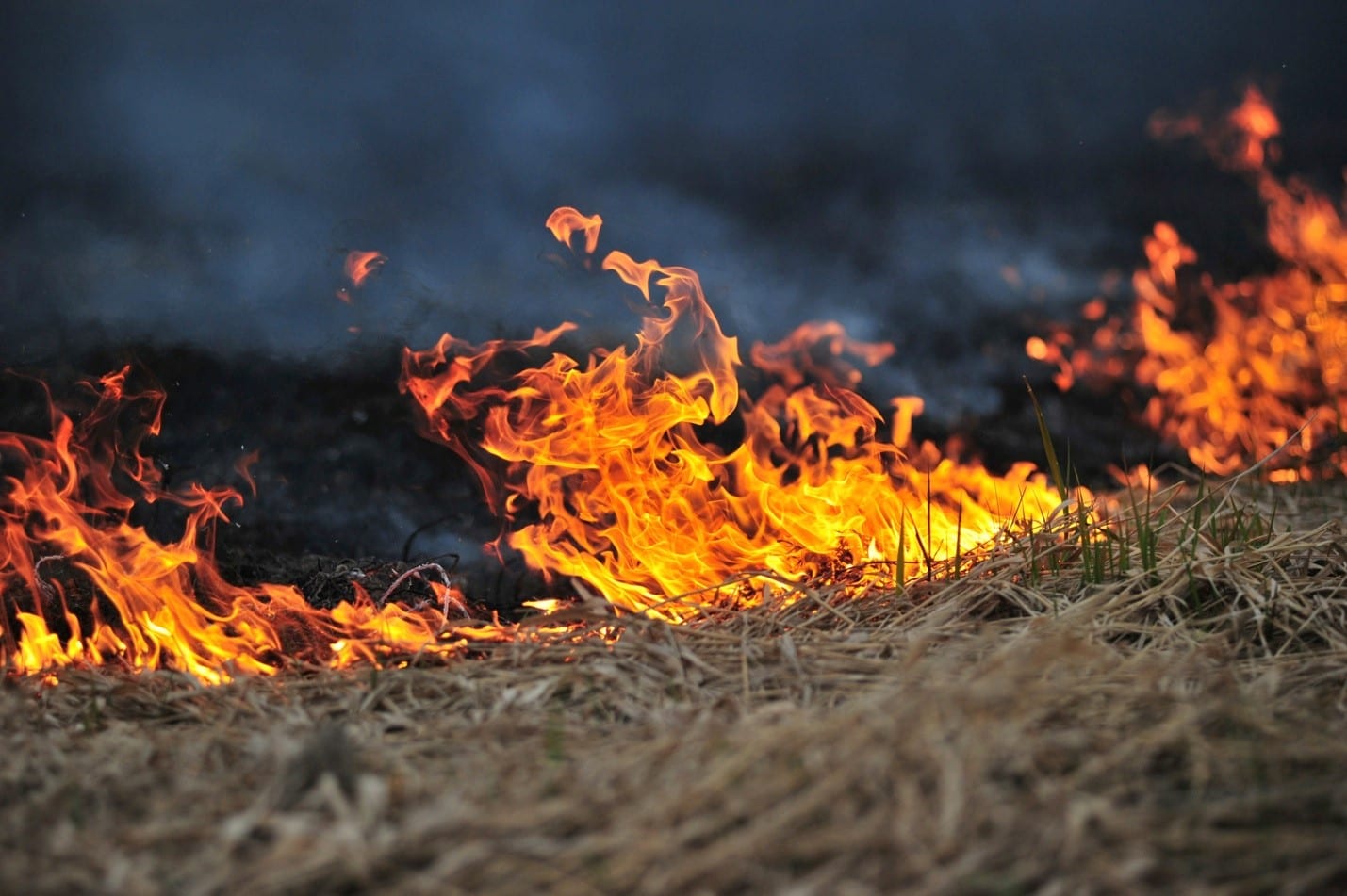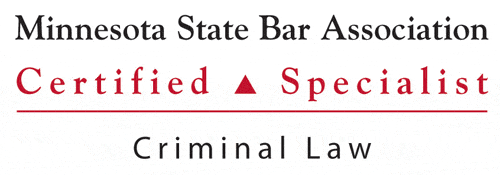
Fires can happen for a number of reasons. They can be caused accidentally by candles, heaters, electric blankets, cigarettes, clothes dryers, stoves, and faulty wiring, for example.
Or they can be caused intentionally.
Recently, Matthew Gust, a 25-year-old man from East Grand Forks, set fire to a Somali restaurant. Investigators claim he threw a 40-ounce beer bottle filled with gasoline through the window of the Juba Coffee House and Restaurant. The restaurant suffered $90,000 worth of damage.
Gust was charged with malicious use of explosive material – up to 5 years in prison – and use of a destructive device during a crime of violence – up to 30 years in prison. However, Gust has chosen to plead guilty and will only serve 15 years due to a plea deal.
According to the National Fire Protection Association (NFPA), there are over 282,600 intentional fires reported to fire departments across the country. These fires result in 420 civilian deaths, 1,360 civilian injuries, and $1.3 billion in direct property damage annually.
When someone sets a fire deliberately and maliciously, this is called arson, and it is a crime under Minnesota and federal law.
In our state, we have five different degrees of arson plus two other fire offenses, each with their own penalties, depending on the type of building involved. It’s important to note that with all types of arson, it doesn’t matter if the fire is set to your own property or someone else’s property – it’s a crime either way.
Arson in the First Degree
Someone commits arson in the first degree if they unlawfully, by means of fire or explosives, intentionally destroy or damage any building:
- That is used as a dwelling or is connected to a dwelling at the time the act is committed, whether the inhabitant is present at the time of the act or not;
- Not included as a dwelling or a connection to a dwelling; or
- Not included as a dwelling or a connection to a dwelling and uses a flammable material to start or accelerate the fire.
Arson in the first degree is punishable by up to 20 years in prison, a fine up to $20,000, or both.
Arson in the Second Degree
Someone commits arson in the second degree if they unlawfully, by means of fire or explosives, intentionally destroy or damage:
- Any building not covered by the arson in the first degree statute, no matter what its value, or
- Any other real or personal property valued at more than $1,000.
Arson in the second degree is punishable by up to 10 years in prison, a fine up to $20,000, or both.

Arson in the Third Degree
Someone commits arson in the third degree if they unlawfully, by means of fire or explosives, intentionally destroy or damage any real or personal property if:
- The property intended by the accused to be damaged or destroyed had a value of more than $300 but less than $1,000; or
- The property with a value of $300 or more was unintentionally damaged or destroyed, but such damage or destruction could reasonably have been foreseen; or
- The property specified in the above clauses collectively had a value of $300 or more.
Arson in the third degree is punishable by up to five years in prison, a fine up to $10,000, or both.
Arson in the Fourth Degree
Someone commits arson in the fourth degree if they intentionally, by means of fire or explosives, set fire to, burn, or cause to be burned any personal property in a multiple unit residential building or public building, and arson in the first, second, or third degree was not committed.
“Multiple unit residential buildings” contain two or more apartments. A “public building” could be a hotel, hospital, motel, dormitory, sanitarium, nursing home, theater, stadium, gymnasium, amusement park building, school, museum, restaurant, bar, correctional institution, place of worship, or other building of public assembly.
Basically, setting an intentional fire to any building that isn’t a dwelling would most likely fall under arson in the fourth degree.
Arson in the fourth degree is a gross misdemeanor punishable by up to 1 year in prison, a fine up to $3,000, or both.
Arson in the Fifth Degree
Someone commits arson in the fifth degree if they intentionally, by means of fire or explosives, set fire to, burn, or cause to be burned any real or personal property of value. This is a misdemeanor punishable by up to 90 days in prison, a fine up to $1,000, or both.

Wildfire Arson
Someone commits wildfire arson if they intentionally set a fire to burn out of control on the land of another containing timber, underbrush, grass, or other vegetative combustible material. This is a felony offense that is punishable based on the amount of acres burned.
Negligent Fires
If someone is negligent in causing a fire to burn or get out of control and causes damage or injury to a person or property, they may be charged with a negligent fire. The punishment differs depending on the severity of the damages.
The bottom line. Arson charges are serious. If you have been accused of arson, contact an experienced Minnesota arson attorney who will help you get your charges reduced, as in the case of Matthew Gust, dismissed, or dropped altogether.
About the Author:
Christopher Keyser is a Minneapolis-based criminal and DWI defense attorney known for fighting aggressively for his clients and utilizing innovative tactics to get the most positive results. He has been featured in numerous media outlets due to the breadth and depth of his knowledge, and recognized as a Minnesota Super Lawyers Rising Star (2014–2015), a Top 100 Trial Lawyer (2013–2015), and a Top 40 Under 40 Attorney (2013–2015).





